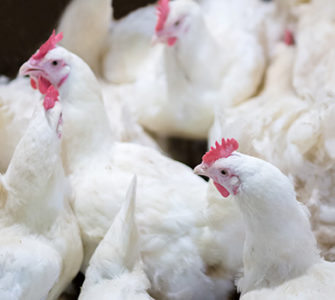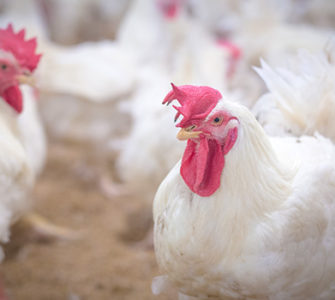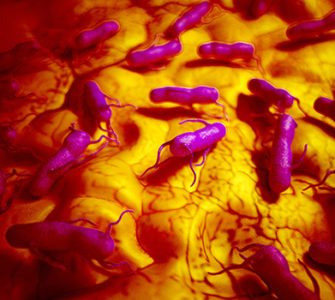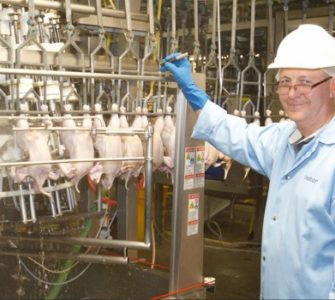Study highlights risk of high Salmonella exposure, more persistent serotypes
Higher exposure to Salmonella increases feed intake and reduces feed conversion in poultry production.
Furthermore, the serotype Salmonella Reading (S. Reading) shows greater colonization than other common serotypes by the end of production, according to a new study from the University of Georgia.
Researchers fed 360 broilers a “cocktail” of three Salmonella serotypes known to cause illness in humans — Reading, Infantis and Typhimurium — at low, medium and high doses, to assess the impact on production parameters.
Bird and feeder weights were recorded on days 0, 7, 14 and 35, while ceca, liver and spleen samples were taken on days 2, 7 and 35 to assess the level of colonization by the bacteria.
Feed parameters hit by big doses
The group challenged with the highest dose consumed significantly more feed and had a less desirable feed conversion ratio than the other two groups.
“That higher inoculation dose resulted in the birds not being able to convert their feed to bodyweight gain as well,” explained Davis Fenster, a graduate research assistant at the University of Georgia.
The thought process is that the birds are diverting more of their feed nutrients toward an immune response to fight off the infection rather than toward gaining weight, he said.
S. Reading persists through grow-out
The research also showed that S. Reading had a higher colonization of the ceca at day 35 than S. Infantis and S. Typhimurium. This difference will be explored in further research.
“Some of those serotypes were able to persist pretty well all the way through the whole grow-out period,” Fenster added.
“We’re going to look to see how these bacteria behave and how the bird’s immune system responds differently to the different serotypes, and hopefully gain some insight as to why some of those serotypes can persist longer in the birds,” he said. The researchers will also investigate why some birds seem to clear the Salmonella infection faster.
Posted on September 10, 2022

















